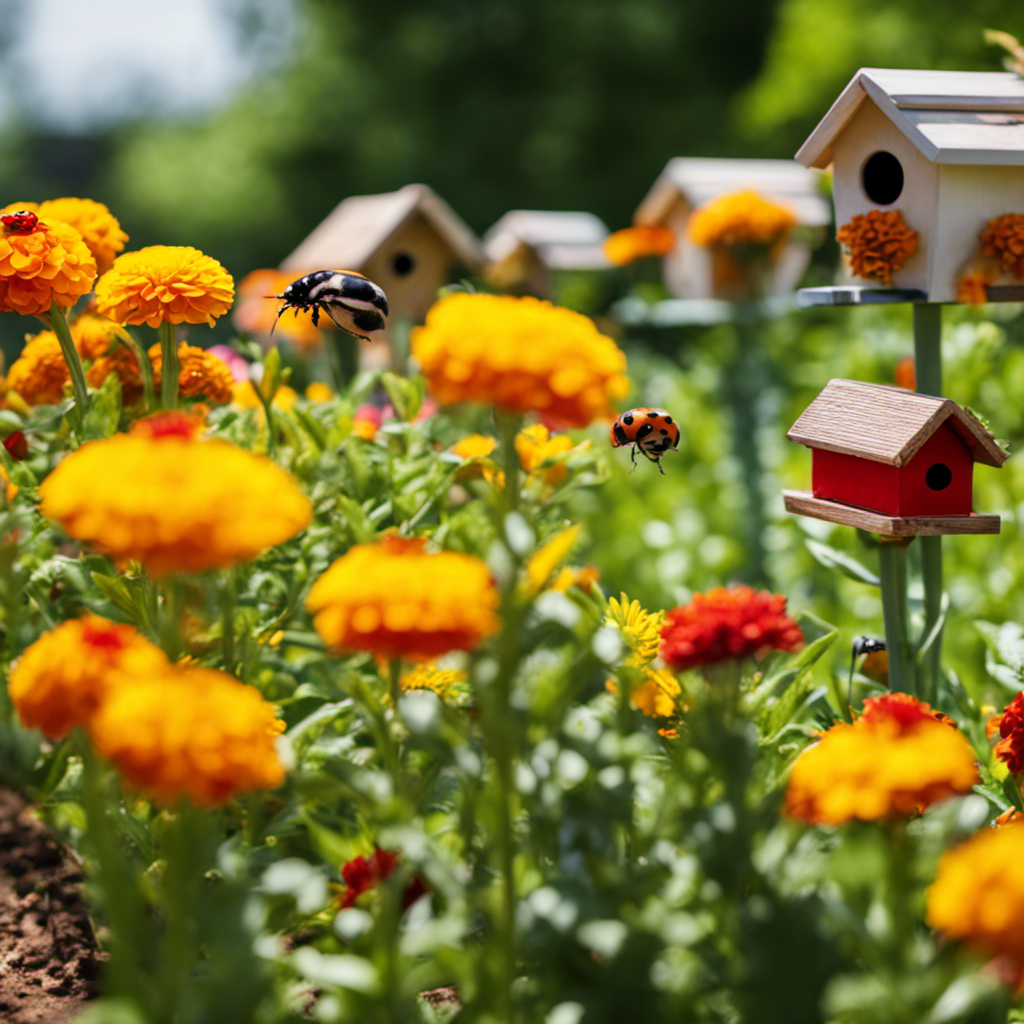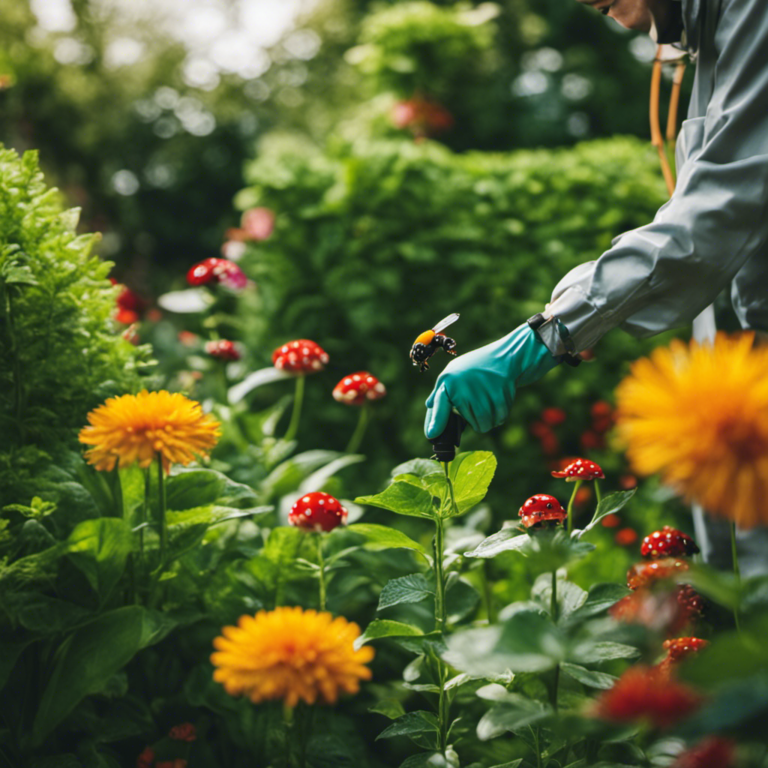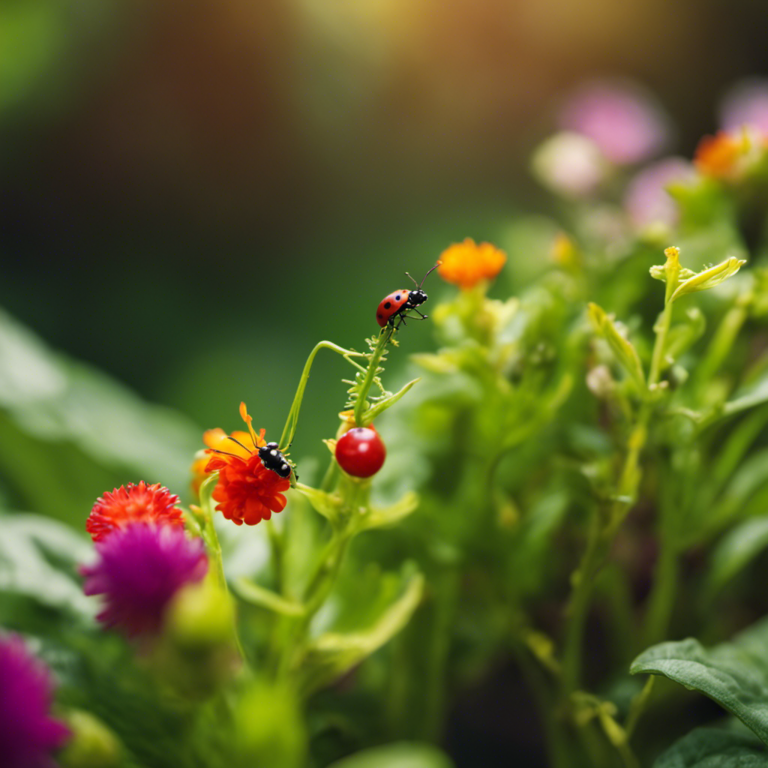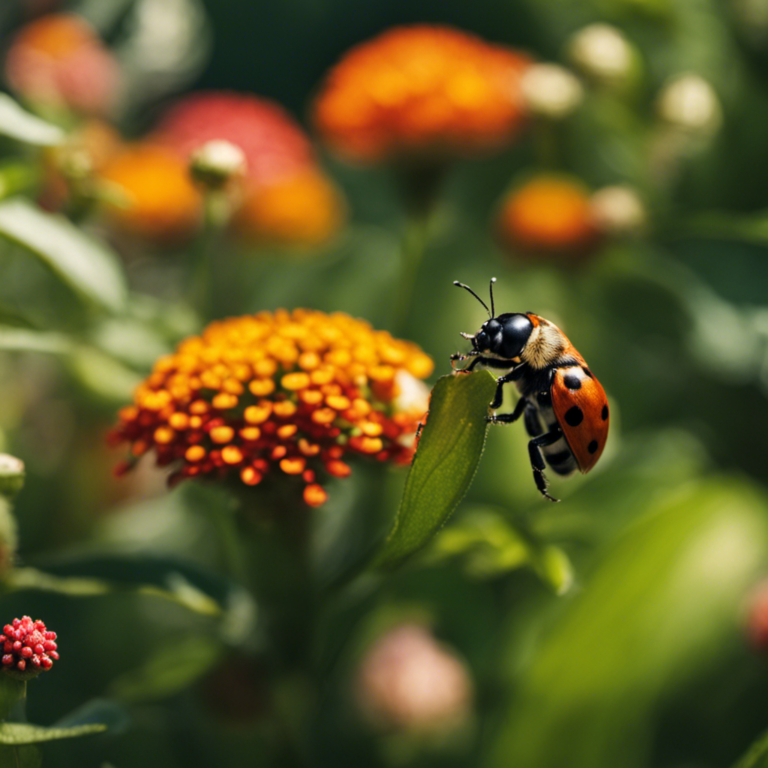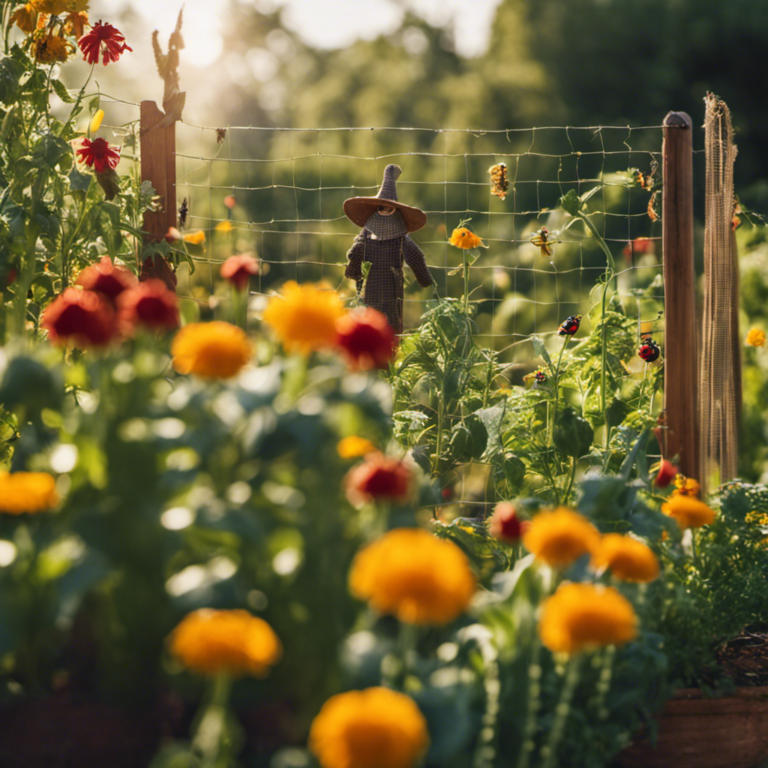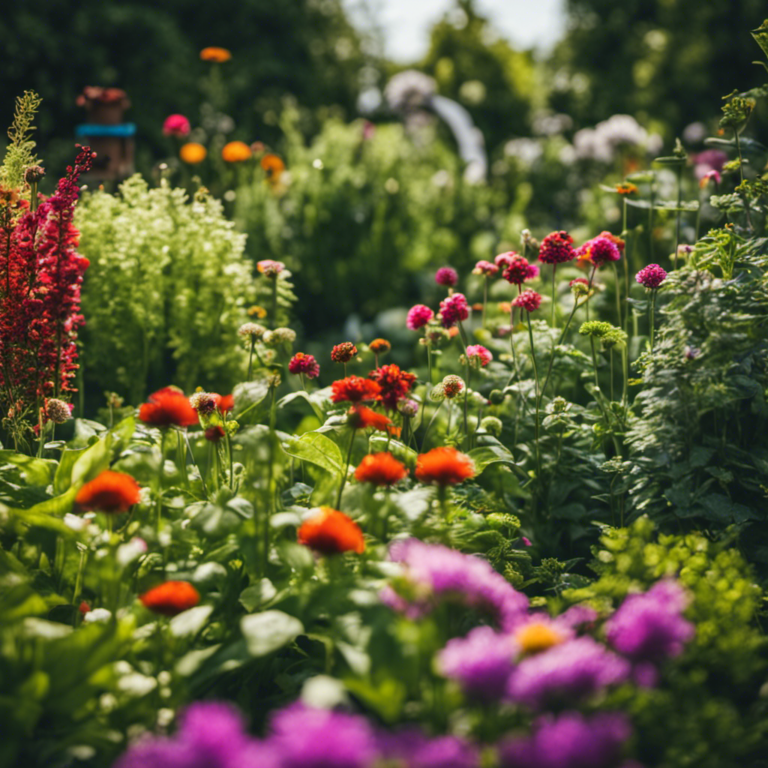Are pesky pests causing problems in your garden? Don’t worry! In this article, we have the natural strategies you need to maintain a pest-free and thriving garden.
Say goodbye to harmful chemicals and welcome companion planting, beneficial insects, homemade pest sprays, physical pest barriers, and soil health.
With these simple yet effective techniques, you can create a garden that flourishes without any unwanted visitors.
Prepare to enjoy a bountiful and beautiful garden with our expert tips.
Key Takeaways
Maintaining a pest-free and thriving garden is a breeze when you harness the power of nature! By practicing companion planting, attracting beneficial insects, using homemade pest sprays, setting up physical barriers, and nurturing healthy soil, you can create an ideal environment for your plants to thrive.
Just like a symphony relies on all its instruments to create beautiful music, your garden relies on these natural tactics to flourish.
So, get out there, embrace the power of nature, and witness the vibrant life that blooms in your garden!
Companion Planting
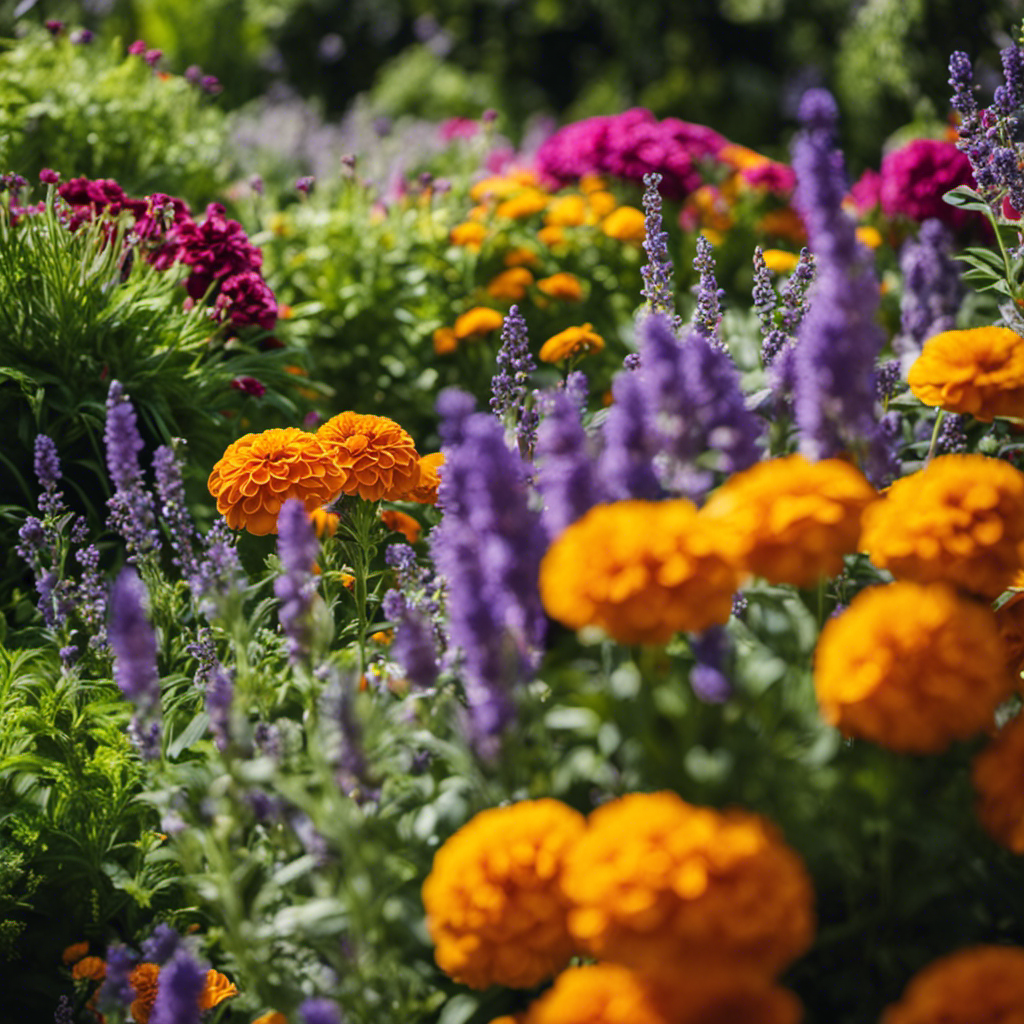
Maximize the health and productivity of your garden by incorporating companion planting techniques this growing season.
Companion planting involves growing different plants together to benefit each other. One effective method is intercropping, where you plant compatible crops side by side. For instance, planting tomatoes alongside basil can enhance the flavor of both plants.
Another technique is trap cropping, which involves planting sacrificial plants to attract pests away from your main crops. For example, planting marigolds near your vegetables can lure aphids away.
Companion planting not only helps control pests but also improves pollination and soil fertility. Some other beneficial combinations include planting beans with corn to provide support and nitrogen fixation, and planting carrots with onions to repel pests.
Beneficial Insects
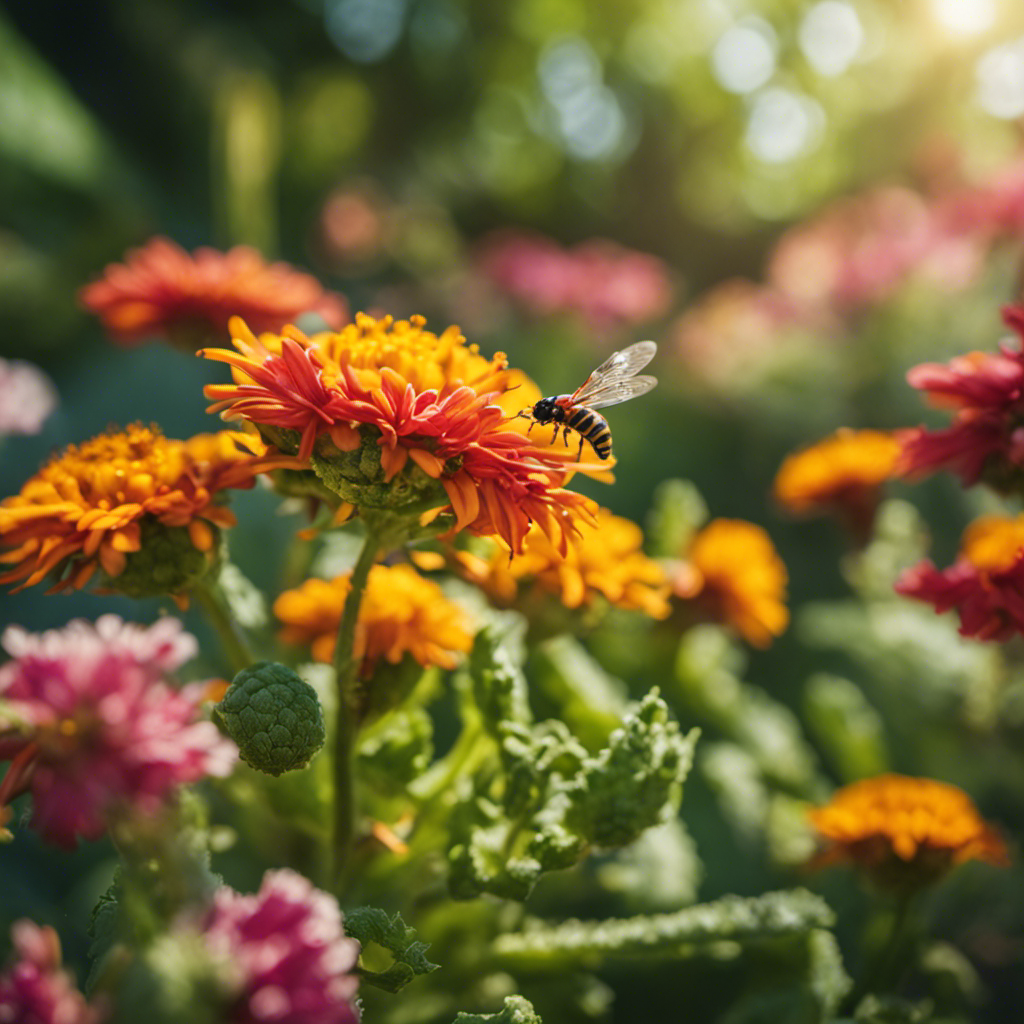
One way to improve the health and productivity of your garden is by incorporating beneficial insects. These insects act as natural predators, helping to control pests and maintain a balanced ecosystem.
Examples of beneficial insects include ladybugs, lacewings, and hoverflies, which prey on aphids, mites, and other garden pests. To attract these insects, you can plant flowers and herbs like marigolds, daisies, and fennel, which provide nectar and pollen.
Additionally, providing shelter and water sources, such as a small pond or birdbath, will encourage beneficial insects to stay and thrive in your garden.
Homemade Pest Sprays
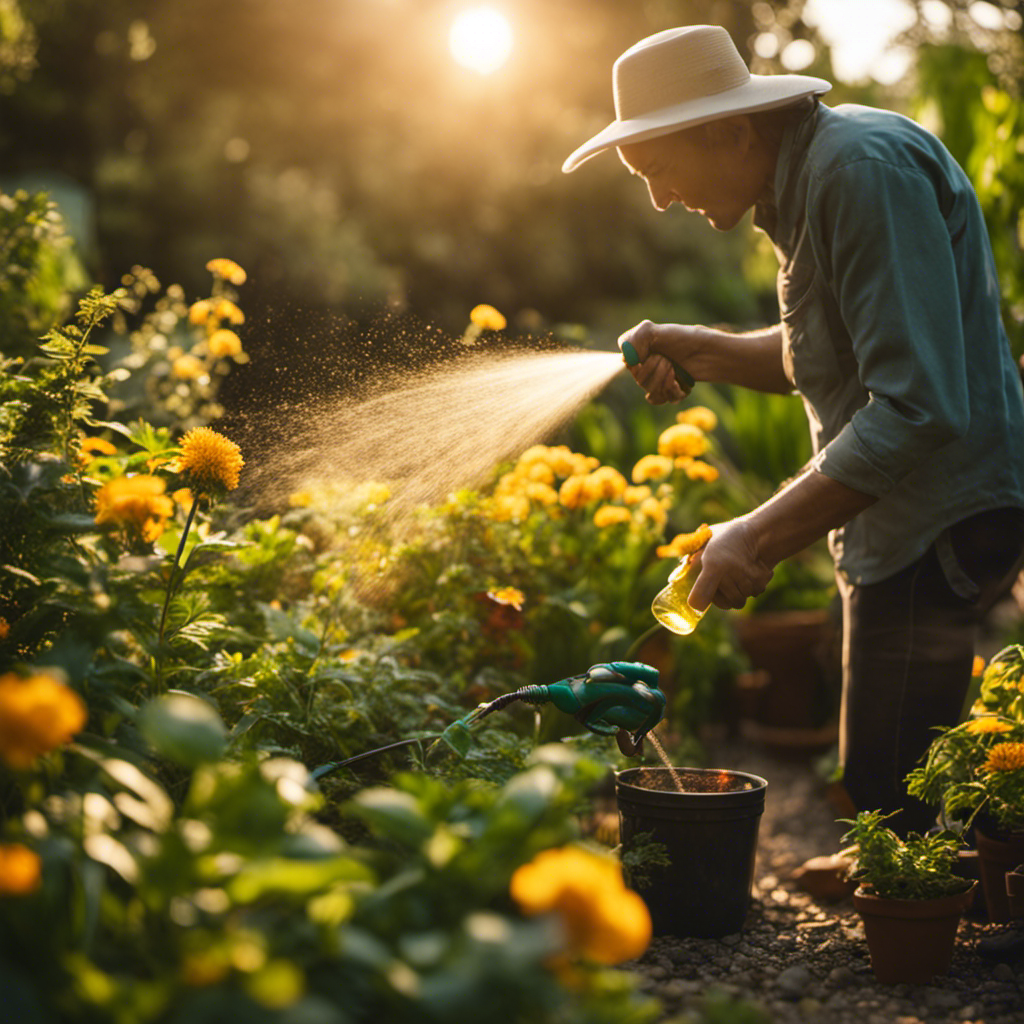
Creating homemade pest sprays is a great way to enhance pest control in your garden and promote a healthy ecosystem. By using organic pest control methods and natural deterrents, you can keep harmful insects at bay without resorting to chemicals. Here’s a simple recipe for a homemade pest spray that you can easily make at home:
Ingredients:
- Garlic cloves
- Chili peppers
- Dish soap
- Water
- Spray bottle
Instructions:
- Crush the garlic cloves and mix them with water.
- Add chopped chili peppers to the garlic mixture.
- Stir in a few drops of dish soap.
- Dilute the mixture with water.
- Pour the mixture into a spray bottle.
To use this homemade pest spray, simply spray it on your plants, focusing on areas where pests are commonly found. The strong scent of garlic and chili peppers acts as a natural deterrent, while the dish soap helps the mixture stick to the plants.
Remember to reapply the spray after rain or every few days to ensure continued protection. With these homemade pest sprays, you can effectively control pests in your garden while maintaining a healthy and thriving ecosystem.
Physical Pest Barriers
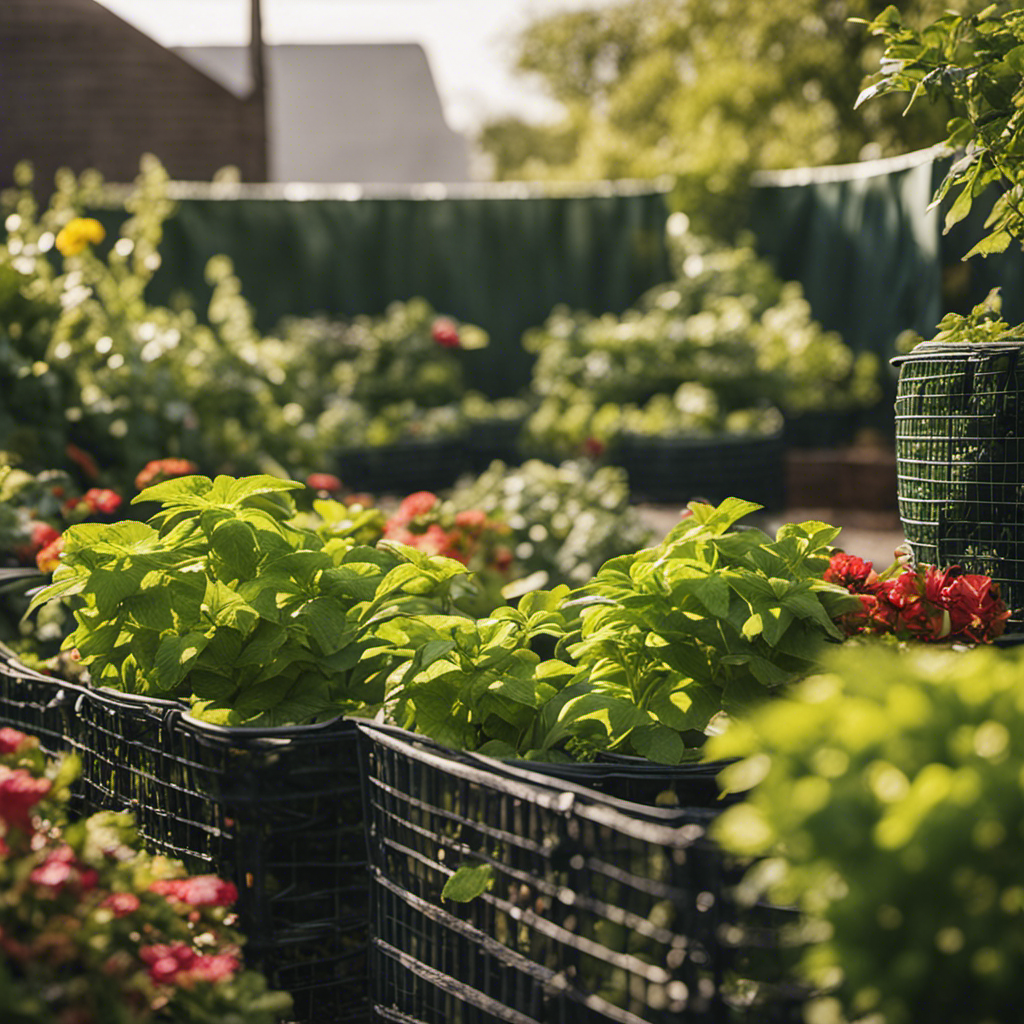
Protecting your garden from pests can be achieved by implementing physical barriers. One effective method is vertical gardening, where plants are grown vertically instead of horizontally. This technique not only maximizes space but also acts as a natural barrier against pests.
By growing your plants vertically, you can reduce the risk of pests accessing your crops and causing damage.
Another tactic is to use organic fertilizers, which nourish your plants while also deterring pests. Organic fertilizers contain natural ingredients that improve soil health and strengthen plant immunity, making them less susceptible to pest attacks.
Additionally, you can use physical barriers such as fences, nets, and row covers to protect your plants from insects, birds, and other pests. These barriers create a physical obstacle that pests find difficult to penetrate, effectively safeguarding your garden.
Soil Health
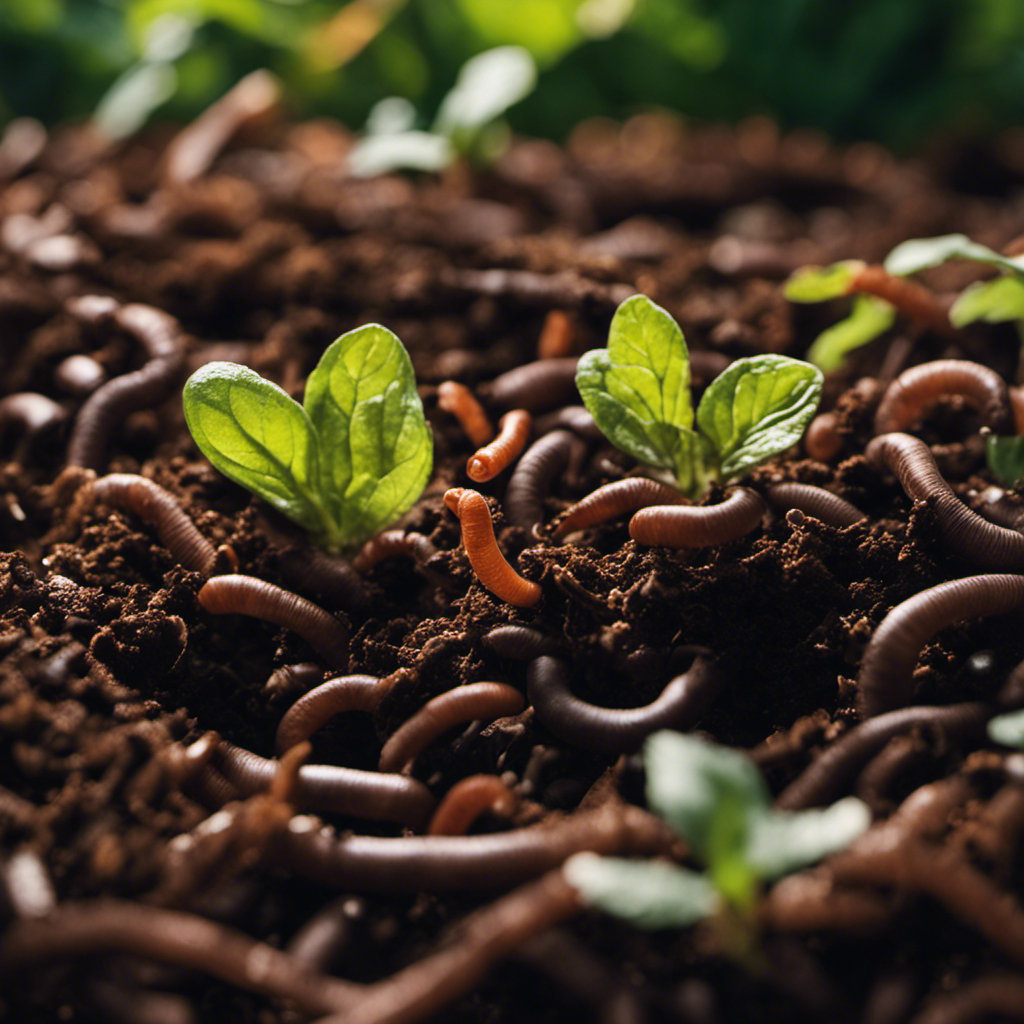
To maintain a thriving garden, it’s essential to prioritize soil health. Healthy soil serves as the foundation for strong and productive plants. Here are four practical steps you can take to ensure that your soil is nutrient-rich and capable of supporting your garden effectively:
-
Begin with nutrient-rich compost: Adding compost to your soil introduces vital organic matter and nutrients, improving its structure and fertility.
-
Conduct soil testing: Testing your soil helps you identify any nutrient deficiencies or imbalances. Based on the results, you can amend the soil by adding the necessary nutrients, such as nitrogen, phosphorus, and potassium.
-
Amend the soil: Depending on the outcomes of your soil test, you may need to incorporate amendments like lime to adjust pH levels. Additionally, adding organic matter like compost or manure can enhance soil texture and drainage.
-
Practice crop rotation: Rotating your crops each year is a beneficial practice. It helps prevent nutrient depletion and reduces the risk of diseases and pests.
By following these steps, you can ensure that your soil remains healthy, providing optimal conditions for your garden to thrive.
Conclusion
When it comes to maintaining a pest-free and thriving garden, nature has your back! By practicing companion planting, attracting beneficial insects, using homemade pest sprays, setting up physical barriers, and nurturing healthy soil, you can create an ideal environment for your plants.
Just like a symphony relies on all its instruments to create beautiful music, your garden relies on these natural tactics to flourish.
So get out there, embrace the power of nature, and witness the vibrant life that blooms in your garden!
